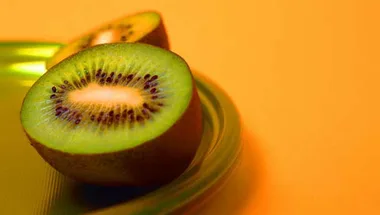Pain and tension are enemies of good movement patterning and smooth coordination and you have to become aware of their effect on the body before you can fully overcome poor movement habits. Poor alignment causes tension and tightness. Muscle imbalances can cause aching in the lower back or tightness in the shoulders and neck. Unfortunately, holding tension in certain parts of your body can become habitual and unconscious. Often we tense up because of stress but if we don’t learn to let go then our bodies never fully relax and return to a state of ease.
As you journey through the bones, observe where you tend to hold tension. Perhaps you grip your buttocks or pull your knees up tight or clench your jaw. Quietly let go and feel the muscles soften. When you perform the exercises be aware of tension creeping in. As you work on one part of the body, make sure that you are not gripping elsewhere. It is counter-productive to hold yourself tightly in an effort to ‘work harder’. This disrupts holistic balance and coordination and interferes with sensitivity to fine adjustments in a movement – not to mention making the exercises much less enjoyable to do.
Unlearning tension can be a difficult process, in the same way that it takes time and persistence to retrain your movement patterns. Nevertheless a release technique can be as simple as becoming aware of your breathing. You can often release tension from your jaw, neck and shoulders simply by breathing out and this is a useful thing to remember throughout the day.
Exercise itself can help you relax. As you concentrate fully on your physical self, your mind calms down and tensions from everyday life recede. Your session should leave you feeling refreshed, deeply satisfied and returned to yourself.
copyright: The Australian Ballet 2005
Extracted from Bodywise, discover a deeper connection with your body; ABC Books; rrp: $34.95; fully illustrated. Available from all good bookstores.
Bodywise is written by staff at The Australian Ballet. In 2005 The Australian Ballet is performing throughout Australia and internationally. Visit The Australian Ballet’s website, www.australianballet.com.au for details.






















.jpg?resize=380%2C285)










